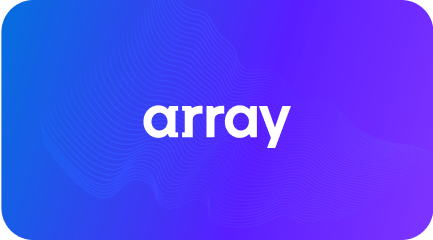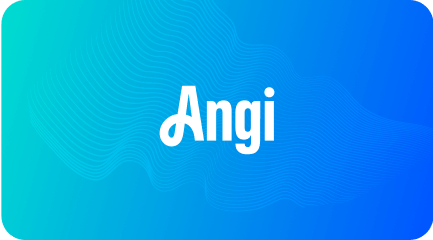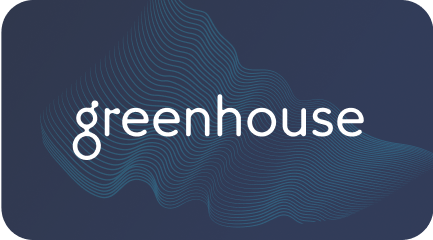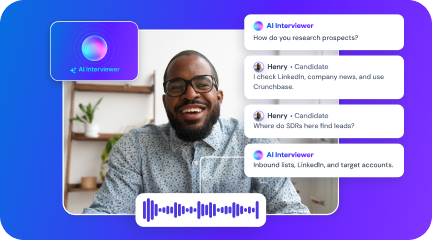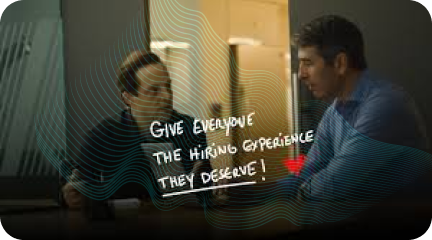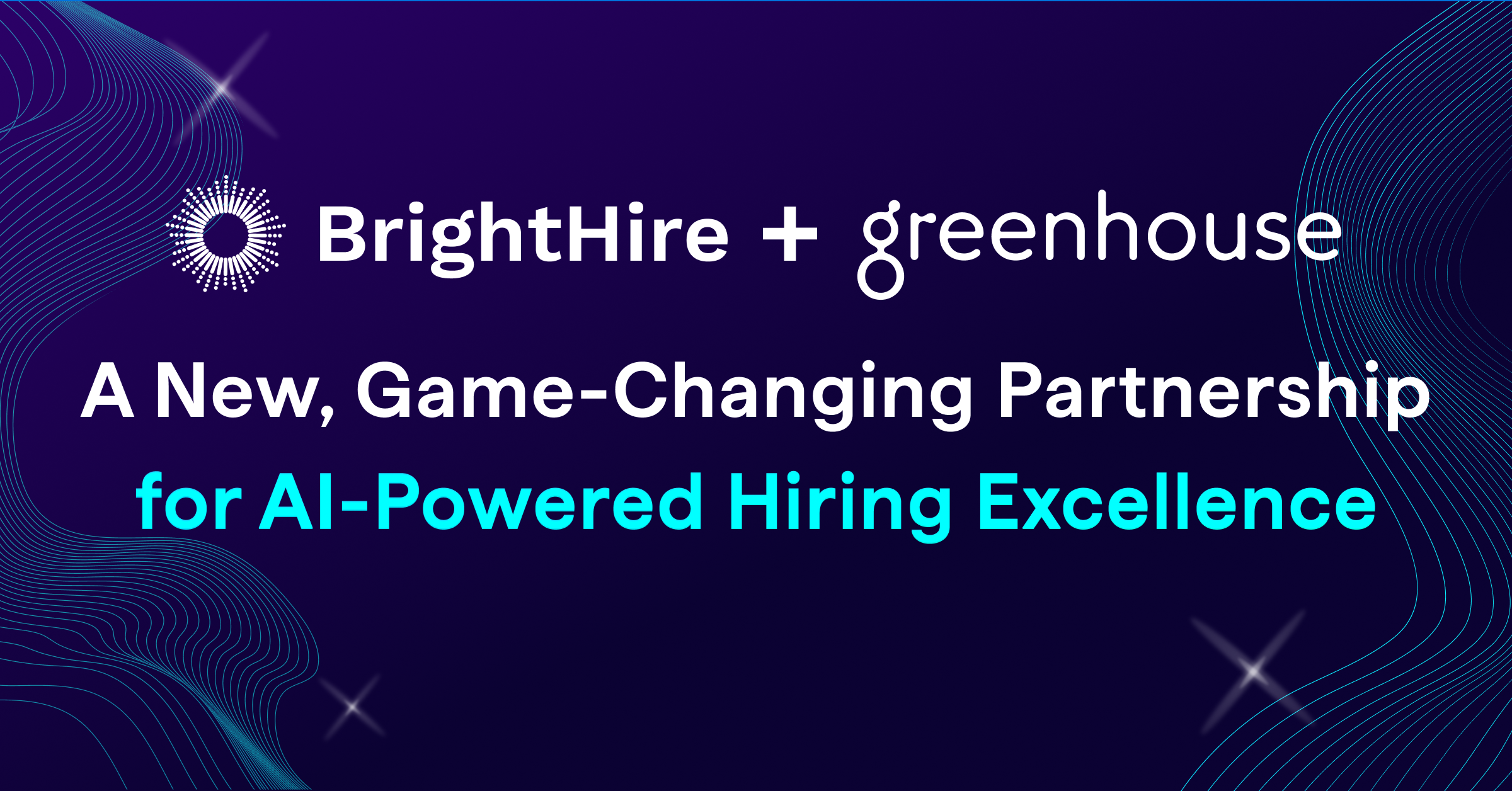Recruiting teams are missing out on crucial data to transform how they hire. That’s beginning to change.
Recruiting leaders have consistently adopted innovations from sales, marketing, and customer support teams to up their game. CRMs, marketing automation, and live chat are all part of a modern recruiting tech stack — and these candidate-facing tools were adapted from client- and customer-facing use cases.
Today, another transformative technology is crossing the gap from customers to candidates: conversation intelligence.
A common thread between recruiting, sales, and customer support is that conversations drive outcomes. Today, customer-facing teams have widely adopted technology that provides insight into conversations to spot patterns, trends, themes, and opportunities to continuously improve. Recording, transcribing, and analyzing conversations is no longer innovative for these teams — it’s now standard practice.
Now, forward-thinking talent acquisition leaders are starting to catch on.
Here’s how recruiting leaders are beginning to turn every hiring conversation into an asset that drives their hiring team’s performance:
Close Candidates Faster
Sales teams regularly use conversation insights to catalog common objections from prospects and capture the best language for closing a deal. Hiring is no different — recruiting teams are constantly selling candidates on new opportunities. Getting everyone on a hiring team aligned on the message and pitch can be the difference between making or losing a key hire.
Jim D’Amico, Global Talent Acquisition Leader at Celanese, knows his recruiters shape a candidate’s first impression of the company. He was surprised to learn how few members of his hiring team worked on selling the company’s benefits during the interview process.
“[For] our 401(k), we match dollar for dollar up to 6%, and we put an additional 5% in every year. We have 12 weeks of maternity leave that kick in from day one. These are all great things that people should really know. So we were really worried that [candidates] weren’t hearing that,” says D’Amico.
Gaining insight into conversations allows TA leaders and hiring managers to ensure their teams are using every opportunity to deliver a compelling pitch to close their top candidates — the same way that sales teams use conversation insights to influence their win rates.
Improve Interviewer Performance
Customer support teams use conversation insights to provide personalized coaching and enable continuous improvement. TA leaders are starting to find they can do the same for recruiters and interviewers.
After discovering some members of his team were missing key questions in the interview process, D’Amico used it as an opportunity to retrain interviewers to give a more full assessment.
Technology that surfaces interview highlights can also help TA leaders reinforce interview best practices automatically, and at scale. Whereas most recruiting teams don’t have the bandwidth to invest in one-on-one training and feedback for every interviewer, technology can fill the gap.
Just as Grammarly helps every writer spot their mistakes, tics, and areas to improve, conversation insights can help interviewers understand how they can run a tighter, more rigorous, more equitable hiring conversation. This kind of technology has been par for the course with customer support teams, and is starting to transform the way TA leaders and hiring teams train.
Create a Better Experience
Customer support team leaders use conversation insights to improve customer satisfaction outcomes. TA leaders are starting to do the same, pulling insights out of interviews to ensure their candidates are having a positive, consistent, fair experience.
Are we asking all our candidates the same set of questions? Are we leaving time for candidates to ask questions? Are we setting the right expectations about the process?
For the first time, TA leaders are getting visibility into the very heart of their hiring process — ensuring every candidate gets the hiring experience they deserve.
A sales manager would always know what language their employees are using to close deals. Likewise, a customer support lead wouldn’t hesitate to use conversation insights for team training purposes.
With interview insight technology, TA leaders will have an unprecedented level of visibility that will allow them to open up the black box in interviews and change hiring outcomes — if they adopt the same solutions their peers are already using.
“A lot of recruiters will fall into just a screen of candidates. And there’s no value in that. I can have a robot screen,” says D’Amico. “We want to make sure that [interviewers are] doing an actual assessment interview, capturing motivations, interest.”
